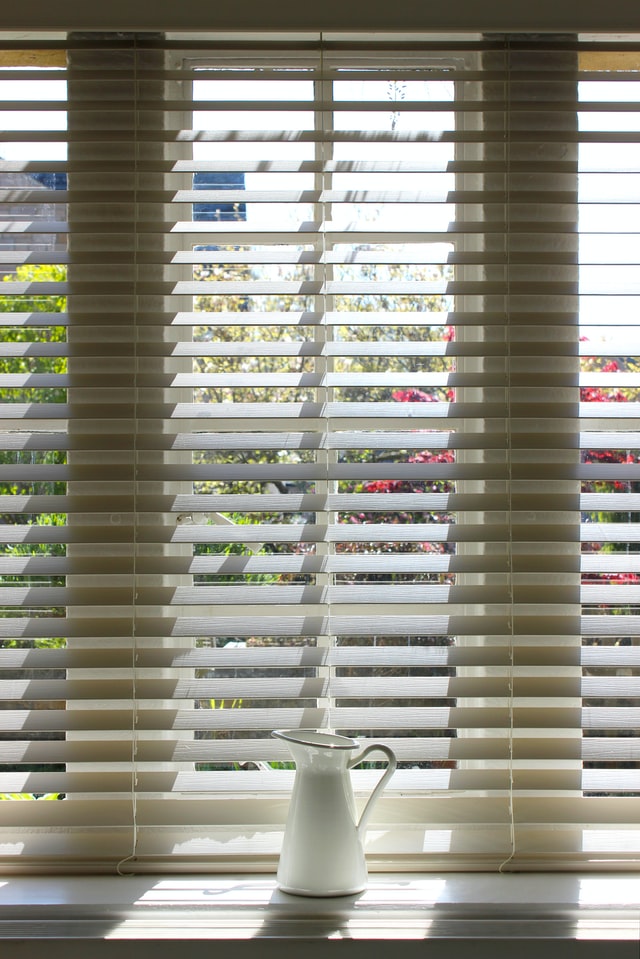Light control, privacy, and ease of use — all of these factors inspire homeowners to install blinds in their bedrooms, kitchens, and living rooms. Not all types of blinds, however, offer the same advantages. Before committing to window coverings, homeowners must consider a variety of concerns, including cost, durability, and placement.
Given the many types of blinds that are currently on the market, it can be difficult to determine which custom window treatments are the right fit for your home. In this post, we’ve compiled some of the most popular options.
The Difference Between Blinds and Shades
Although some homeowners may refer to blinds as shades and shades as blinds, these two terms are not interchangeable: they refer to completely different types of window coverings. Blinds consist of connected slats — also called louvers or vanes — that users can tilt and lift to achieve their desired level of light protection. Shades, in contrast, consist of single pieces of fabric that users can pull up or down to moderate the amount of light entering the room.
Choosing the Best Types of Blinds for Your Home
With all of the window treatment options available today, homeowners can easily find reliable blinds that fit their needs and budgets. To help you make an educated decision, here are five of the most popular types of blinds.
Aluminum Blinds
Durable and cost-effective, aluminum blinds are a common feature of many rooms, from kitchens to classrooms. More often than not, homeowners choose these blinds for their user-friendliness and customizability. Easy to clean and capable of fitting even the most uniquely shaped windows, aluminum blinds are an incredibly versatile window treatment.
Faux Wood Blinds
Faux wood blinds offer the refined appearance of wood blinds at a lower price, making them a popular option for any room. Often made from composite wood, vinyl, and PVC, these durable and moisture-resistant blinds can be painted or stained to match your decor.
Panel Track Blinds
Panel track blinds offer a stylish alternative to vertical blinds. Like vertical blinds, panel track blinds slide back and forth on a track and are easy to operate. The differences between these similar types of blinds lie in the designs of the slats and panels. Since panel track blinds consist of fabric, solar screen, or woven wood panels, perhaps it’s best to think of them as a cross between blinds and shades. Categorization aside, panel track blinds are an elegant window treatment for patio doors or sliding glass doors, as well as oversized windows, and can be customized to match the decor of any room.
Vertical Blinds
As their name suggests, vertical blinds consist of vertical — not horizontal — slats that are connected to a track. Economical and durable, homeowners often install these blinds in wider windows and in front of patio doors and sliding glass doors. As is the case with conventional blinds, the louvers of vertical blinds can be rotated or grouped together for light control.
Wood Blinds
Wood blinds: a beautiful and long-lasting addition to any room. Of course, these custom window treatments are more than decorative. Wood blinds provide unparalleled privacy and allow less heat into your home, reducing cooling costs. These blinds are available in various wood types and finishes, so it’s easy to find the best match for your furniture.
Struggling to find the best blinds for your home? Contact A+ Blinds today to schedule a free consultation with one of our window treatment specialists.
